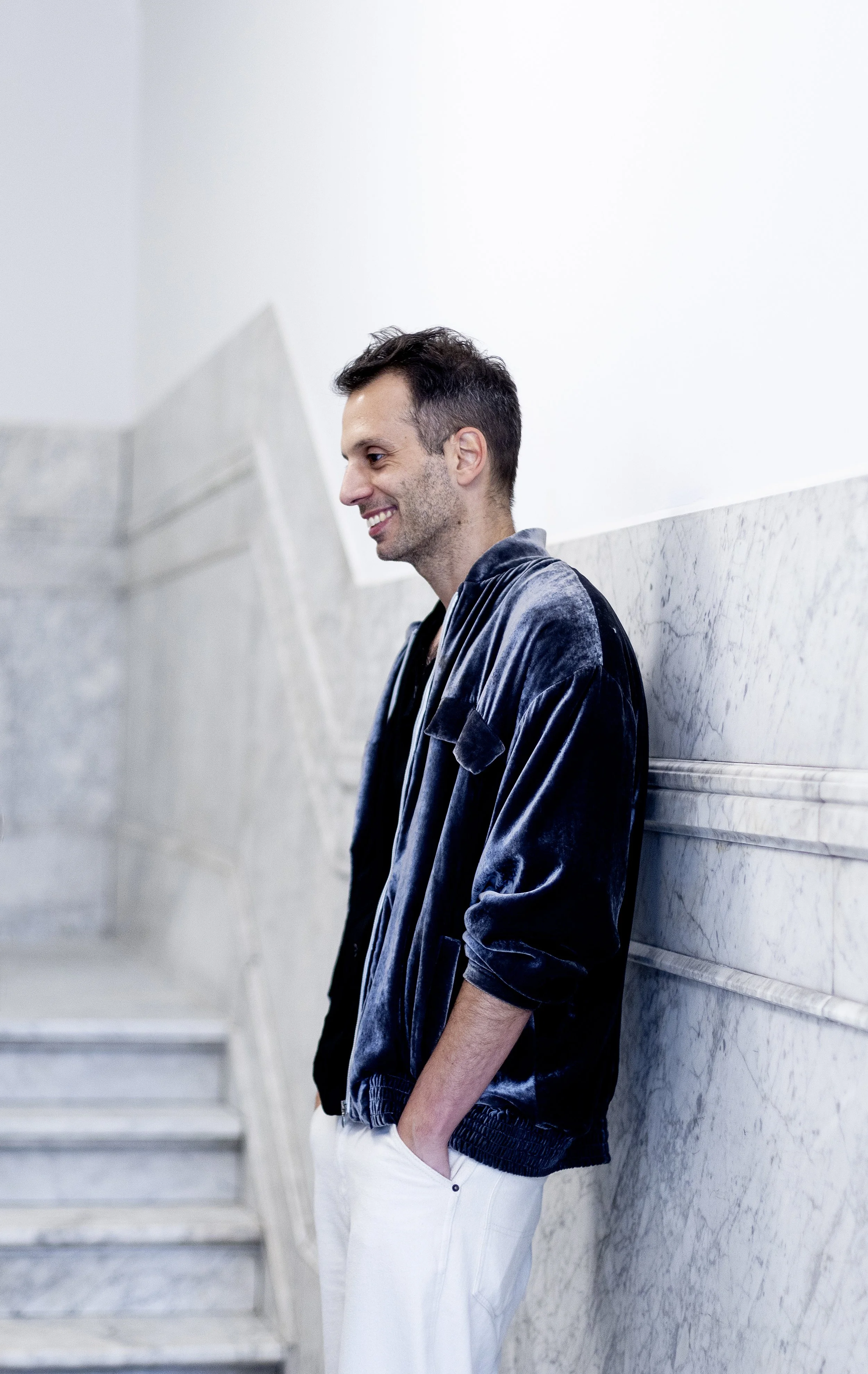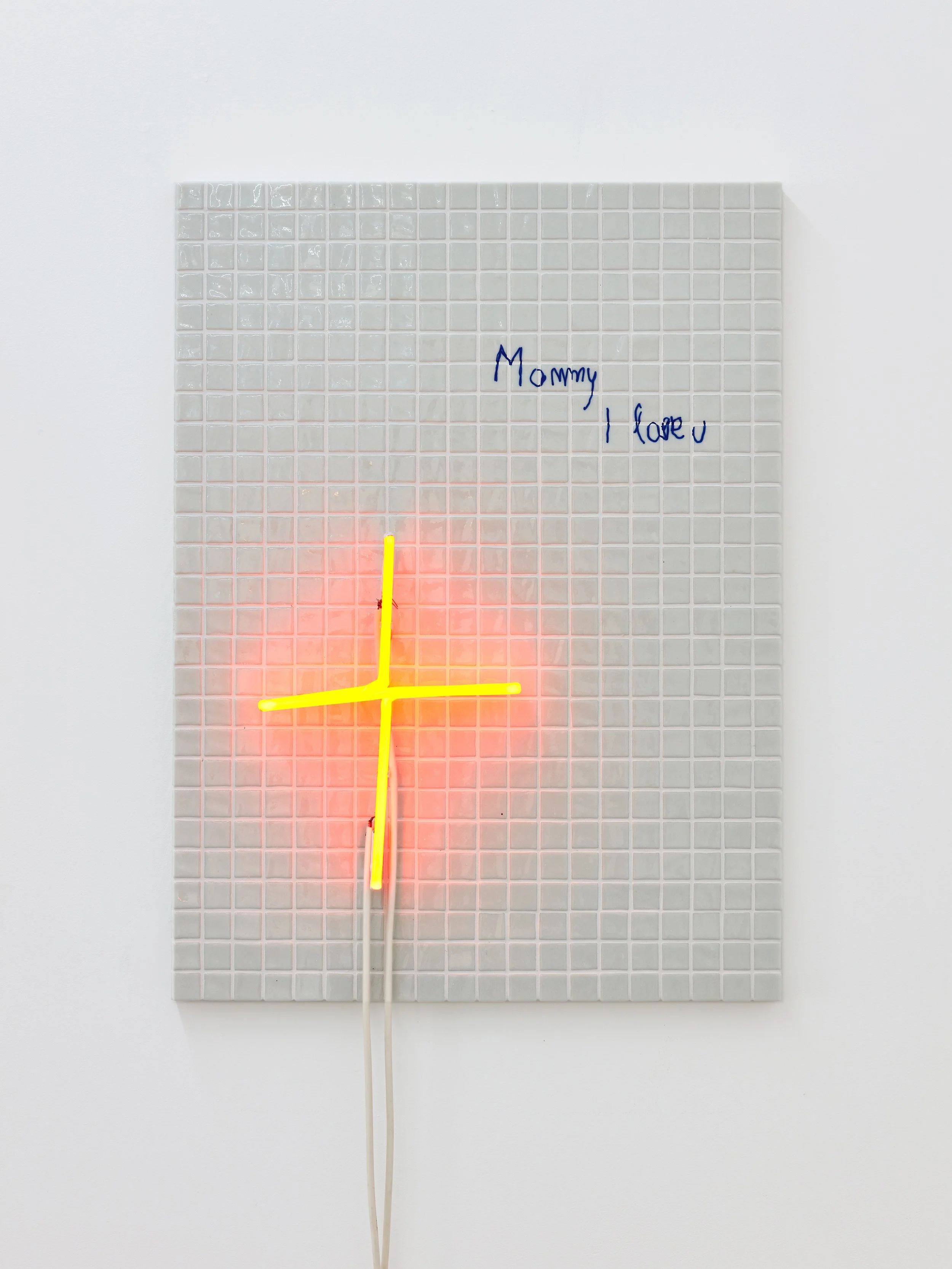In Conversation with Yorgos Maraziotis
Photo Credit: Chen Vandeput
Yorgos Maraziotis (b. 1984, Athens) is a visual artist based in Antwerp. He studied fine arts in Belgium, the USA, and the UK. His work has been exhibited internationally at art galleries, institutions, and museums, including Marres(Maastricht), AC Institute (New York), the 7th Thessaloniki Biennale, the School of Visual Arts (New York), the Royal Academy of Fine Arts Antwerp, Box Freiraum (Berlin), the CICA Museum (South Korea), the Benaki Museum(Athens), Matadero Madrid, and the Tinguely Museum (Basel). He was a resident artist at the Massachusetts Museum of Contemporary Art.
I had the pleasure of asking Yorgos about the biggest challenge he has faced as an artist, his latest exhibition, his time as a resident artist and so much more
UZOMAH: In this current political climate, what is the role of the artist, and how is it crucial?
YORGOS: I think that the value of art is to suggest the “invisible” and to offer a constant questioning that can make us better people. The artist who chooses to present his/her practice in public takes certain decisions and has a responsibility towards the audience. People get affected by art and their lives can change because of the power that art has. And that is why I believe that artists are important political agents and all art is political.
Untitled, 2023, Installation view at the Univeristy of Antwerp, Courtesy the artist and Base-Alpha Gallery Antwerp
U: As a former resident artist of the Massachusetts Museum of Contemporary Art (North Adams, USA), you have a unique perspective. Can you share some insights from that experience and explain why other artists should consider a similar opportunity? What was the most significant lesson you learned during your residency?
Y: In North Adams I had the opportunity to see how an art institution can change the course of a whole city. It’s a great example of how art can impact a community in the best way possible. I also had the chance to see strong exhibitions, meet talented artists and collaborate with them in different projects in Vermont and in New York. I believe that residencies can be a great offering but I also feel that not all residencies are for everybody. One must know how to choose one in order to get the best out of it.
U: Where do you see the future of art with the increase of AI?
Y: Regarding the plastic arts I don’t feel that their position or value is threatened by AI as they are agents of human relationships. I think that people will always be interested in visiting spaces and experiencing sculptures, paintings, performances, etc. Indeed, the production of artworks can change due to AI and its fast pace. The lack of care and the lack of labor is always manifested in the outcome. But in the end, it is in the hands (literally) of the artist to make good use of it.
U: How has the process of creating art been a catalyst for your personal growth and evolution? In what ways has it shaped or changed your outlook on life?
Y: I’ve been making art since a very early age so I see myself growing through art-making but also because of it. I don’t see my artistic practice as something separate from my general evolution. Creating and exhibiting art has been helping me to think collectively, to be able to express myself openly, to be self-critical and to shape a political understanding.
Take Me Home, 2024, Installation view at 12 Antwerp, Courtesy the artist and AIM EU
U: Through your use of installation art, painting, printmaking, and text, you delve into the themes of belonging, contemporary habitation, and human relationships. How do these seemingly disparate themes intersect and influence each other in your work?
Y: It’s all about the people, us, and the dialogue that it’s been instigated among us. Artworks are like excuses that people make to come together. Especially nowadays that technology, political decisions and even pandemics keep us isolated or away from collective acting. That is why I like to make installations (both in domestic spaces or public domains) and to try bringing people together and question their relation with matter, architecture and memory.
U: What is the biggest challenge you have faced as an artist?
Y: One of the biggest challenges is to be aware of what surrounds me and to stay relevant with my work. Also, to be productive and critical and to be able to offer to different types of communities. Another big challenge is to be political without losing the sensitivity that my work has.
Untitled (Mommy), 2023, Courtesy the artist and Base-Alpha Gallery Antwerp
U: What do you hope your upcoming artwork will convey about you as an artist? How does the chosen theme reflect your current artistic statement and where you are in your artistic journey?
Y: “Blue Moon” continues my exploration of space through oral histories and walking dialogues. More importantly it gives me the opportunity to build a solo show along with the curator Nicolas Vamvouklis whom I trust and respect deeply. I am given a traditional neoclassical house in the village of Agia Paraskevi in Lesvos, a former residence turned into a contemporary art gallery. I tried to transform the stories and the memories of the former residents of the building -along with the ones of the people who run the gallery now- to a narrative that celebrates myth as agent of reality.
Monroe Springs 2020, Installation view at Base-Alpha Gallery Antwerp, Courtesy the artist and Base-Alpha Gallery Antwerp
U: If you could pick any author, poet, or artist to interview, dead or alive, who would it be and why?
Y: I would like to go on a road trip with Theo Angelopoulos, the Greek filmmaker that passed away in 2012, and talk about history and its filmic depiction. Angelopoulos’ films transcend time for me and they create a space where anything is possible. I never thought that I would be watching a four-hour long film (The Travelling Players, 1975) without looking once at my watch, without thinking of time. I don’t regard him as the best, but I believe that he was a unique artist.
U: What is the most vital item in your studio and why?
Y: Its empty walls! Because they give me the mental and visual space to think and shape my future projects.
For more information bout Yorgos’s artwork, please visit his site here. He can also be found on Instagram. The magazine also featured his latest exhibition, which can be found here.




